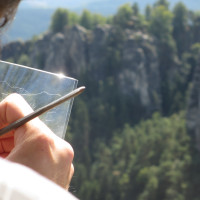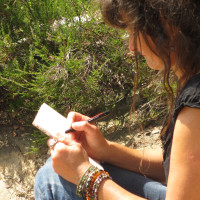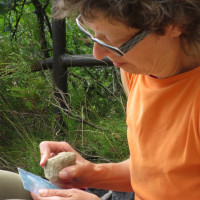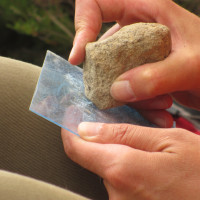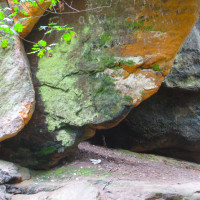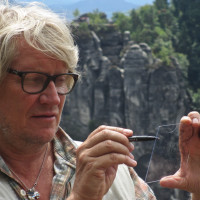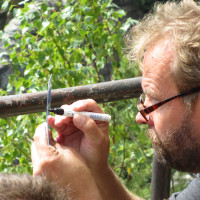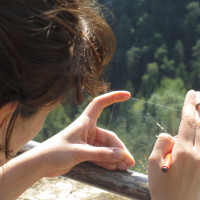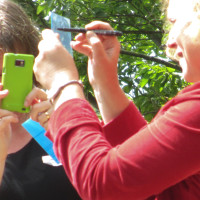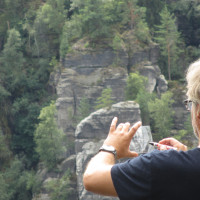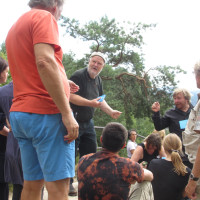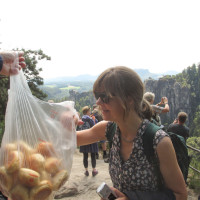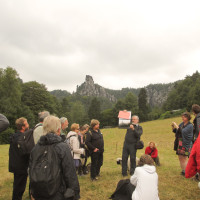ENDEGRA mit Druckplatten in der Sächsischen Schweiz
Ort der Landschaftskunst … im Zusammenhang mit Druckgrafik seit dem 15. Jahrhundert in Sachsen. Frank Richter führt durch die Originalschauplätze in der Sächsischen Schweiz.
In the rich tradition of the saxon history the graphical arts plays a great rule. From the beginning of engravings and woodcuts since around 1500 graphical prints served as single-sheet woodcuts, flyers or book illustrations; especially because Saxony in that time was a main territory of the theological movements reformation and counter reformation. Lukas Cranach and his followers found very popular compositions into that disputes – and allways in closely contact with the printed word. So the printed artworks by that time enclosed the whole knowledge and the images about the world and god.
Also in the following epochs like the enlightement in the 18th century Dresden was a center of fine arts including prints. Leipzig had a lot of printing houses and for them many artists made very tastfull illustrations for the book market.
But in Dresden growes a school of gifted landscape painter who also made engravings and etchings. There is a very close relation between topographical artworks, the presentation of the natural area and thinking about world. Details of composition, figures and so on includes a special view on the world.
This view is in Baroque very different to the age of sensitivity or Romantic, the highpoint of landscape painting in Saxony. It changed from a view over the whole world to the view on details and reflect the moved relation between individual and god. Famous artists like Dietricy, Adrian Zingg or Johann Christian Klengel and there followers found the environments of Dresden and the mountains “Sächsische Schweiz” as places an topics of a new kind of beauty. Caspar David Friedrich used the nature as symbol for the human soul.
